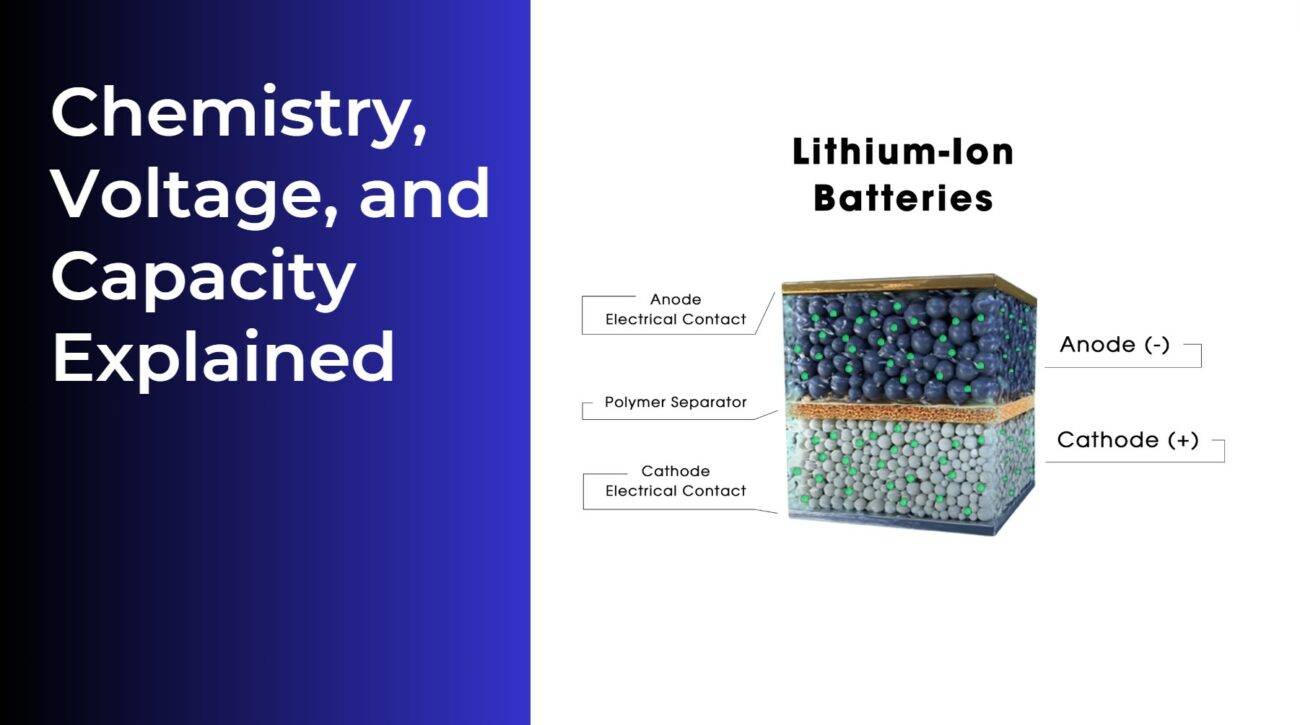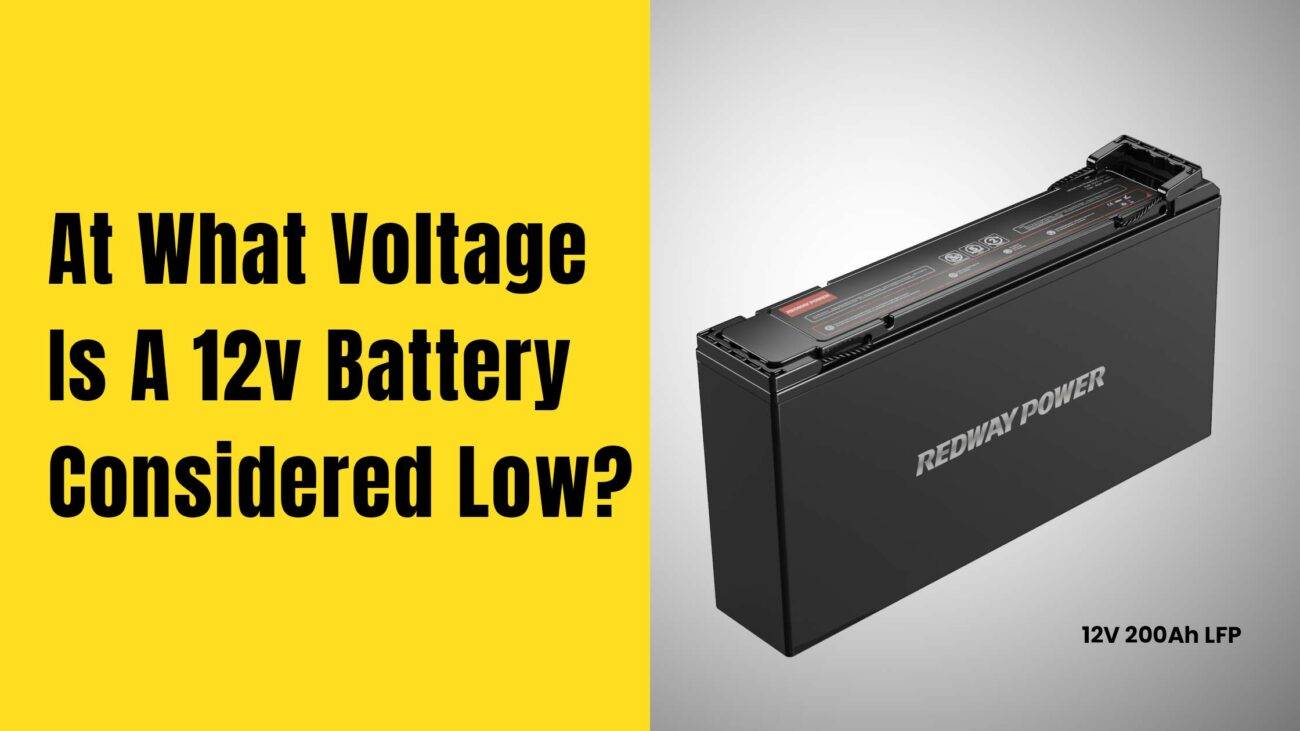- Lithium Golf Cart Battery
- Forklift Lithium Battery
-
48V
- 48V 210Ah
- 48V 300Ah
- 48V 420Ah (949 x 349 x 569 mm)
- 48V 420Ah (950 x 421 x 450 mm)
- 48V 456Ah
- 48V 460Ah (830 x 630 x 590 mm)
- 48V 460Ah (950 x 421 x 450 mm)
- 48V 460Ah (800 x 630 x 600 mm)
- 48V 460Ah (820 x 660 x 470 mm)
- 48V 500Ah
- 48V 560Ah (810 x 630 x 600 mm)
- 48V 560Ah (950 x 592 x 450 mm)
- 48V 600Ah
- 48V 630Ah
-
48V
- 12V Lithium Battery
12V 150Ah Lithium RV Battery
Bluetooth App | BCI Group 31
LiFePO4 Lithium
Discharge Temperature -20°C ~ 65°C
Fast Charger 14.6V 50A
Solar MPPT Charging - 24V Lithium Battery
- 36V Lithium Battery
- 48V Lithium Battery
-
48V LiFePO4 Battery
- 48V 50Ah
- 48V 50Ah (for Golf Carts)
- 48V 60Ah (8D)
- 48V 100Ah (8D)
- 48V 100Ah
- 48V 100Ah (Discharge 100A for Golf Carts)
- 48V 100Ah (Discharge 150A for Golf Carts)
- 48V 100Ah (Discharge 200A for Golf Carts)
- 48V 150Ah (for Golf Carts)
- 48V 160Ah (Discharge 100A for Golf Carts)
- 48V 160Ah (Discharge 160A for Golf Carts)
-
48V LiFePO4 Battery
- 60V Lithium Battery
-
60V LiFePO4 Battery
- 60V 20Ah
- 60V 30Ah
- 60V 50Ah
- 60V 50Ah (Small Size / Side Terminal)
- 60V 100Ah (for Electric Motocycle, Electric Scooter, LSV, AGV)
- 60V 100Ah (for Forklift, AGV, Electric Scooter, Sweeper)
- 60V 150Ah (E-Motocycle / E-Scooter / E-Tricycle / Tour LSV)
- 60V 200Ah (for Forklift, AGV, Electric Scooter, Sweeper)
-
60V LiFePO4 Battery
- 72V~96V Lithium Battery
- Rack-mounted Lithium Battery
- E-Bike Battery
- All-in-One Home-ESS
- Wall-mount Battery ESS
-
Home-ESS Lithium Battery PowerWall
- 24V 100Ah 2.4kWh PW24100-S PowerWall
- 48V 50Ah 2.4kWh PW4850-S PowerWall
- 48V 50Ah 2.56kWh PW5150-S PowerWall
- 48V 100Ah 5.12kWh PW51100-F PowerWall (IP65)
- 48V 100Ah 5.12kWh PW51100-S PowerWall
- 48V 100Ah 5.12kWh PW51100-H PowerWall
- 48V 200Ah 10kWh PW51200-H PowerWall
- 48V 300Ah 15kWh PW51300-H PowerWall
PowerWall 51.2V 100Ah LiFePO4 Lithium Battery
Highly popular in Asia and Eastern Europe.
CE Certification | Home-ESS -
Home-ESS Lithium Battery PowerWall
- Portable Power Stations
At what voltage should you charge a 12V battery?

Unlock the power of your 12V battery with proper charging techniques! Whether you’re a seasoned DIY enthusiast or simply trying to keep your car’s battery in top shape, understanding how to charge it effectively is crucial. But at what voltage should you charge a 12V battery? With so many conflicting opinions out there, it can be confusing. Don’t worry – we’ve got you covered! In this blog post, we’ll dive into the world of battery charging and explore the recommended voltage for charging a 12V battery. Get ready to supercharge your knowledge and keep those batteries running smoothly!
Understanding Battery Charging
To truly grasp the concept of battery charging, it’s essential to understand how a battery functions. A 12V battery is typically composed of six individual cells, each with a voltage of around 2.1 volts. When these cells are connected in series, they combine their voltages to create the total voltage of 12 volts.
When a battery is discharged, its voltage drops below its maximum capacity. Charging a battery involves applying an external electrical current that reverses this process and restores the voltage back to its full potential.
But here’s the catch – not all batteries are created equal! Different types of batteries may have varying charging requirements and tolerances. It’s crucial to consult your specific battery manufacturer’s guidelines or user manual for accurate information on charging procedures.
Additionally, you need to consider factors such as temperature and ambient conditions when choosing the appropriate charging method for your 12V battery. Extreme temperatures can affect both the efficiency and safety of the charging process.
Stay tuned as we delve deeper into understanding these factors and explore the recommended voltage for efficiently charging your beloved 12V batteries!
Factors to Consider When Charging a 12V Battery
Recommended Voltage for Charging a 12V Battery
Different Types of Chargers and Their Voltage Output
When it comes to charging a 12V battery, there are several types of chargers available in the market. Each charger has its own voltage output, which is an important factor to consider for efficient and safe charging.
1. Standard Charger: The standard charger typically provides a constant voltage output of around 13.8-14.4 volts. This type of charger is commonly used for everyday charging needs and is suitable for maintaining the charge level of your battery.
2. Trickle Charger: A trickle charger delivers a lower voltage output compared to a standard charger, usually between 12-14 volts. It’s designed to provide a slow and steady charge over an extended period, making it ideal for long-term storage or maintenance tasks.
3. Smart Charger: Also known as intelligent or automatic chargers, these devices monitor the battery’s condition and adjust their voltage output accordingly. They can deliver various voltages depending on the state of the battery – from bulk charging at higher voltages (around 14-15 volts) to float charging at lower voltages (around 13-13.8 volts). Smart chargers ensure optimal charging while minimizing the risk of overcharging.
4. Solar Charger: Solar chargers harness sunlight to generate electricity and recharge batteries effectively while being environmentally friendly.
They come with built-in controllers that regulate voltage according to solar conditions providing an appropriate charge rate.
Remember that using the right type of charger with the correct voltage output is crucial for maintaining your battery’s health and prolonging its lifespan.
Steps to Properly Charge a 12V Battery
When it comes to charging a 12V battery, following the proper steps is crucial to ensure its longevity and optimal performance. Here are some simple yet essential steps to help you charge your 12V battery correctly.
1. Safety First: Before starting the charging process, make sure you’re in a well-ventilated area and wearing protective gear such as gloves and goggles. This will protect you from any potential hazards.
2. Choose the Right Charger: Selecting the appropriate charger for your 12V battery is essential. Ensure that the charger’s voltage output matches your battery’s requirements to avoid overcharging or undercharging.
3. Connect the Charger Correctly: Begin by disconnecting any devices connected to the battery, ensuring there is no power supply running through it. Then connect the positive (+) cable of the charger to the positive terminal of your battery, followed by connecting the negative (-) cable.
4. Set Charging Parameters: Some chargers allow you to set specific parameters such as voltage level or charging time. Follow manufacturer guidelines or consult an expert if necessary, especially if using a smart or automatic charger.
5. Start Charging: Once everything is properly connected and set up, switch on your charger and let it do its job! Monitor closely during this process but avoid unnecessary disturbances that could interrupt proper charging.
6. Monitor Progress: Keep an eye on your charger’s display panel (if available) or use a multimeter to monitor voltage levels periodically throughout charging until desired levels are reached.
7. Clean Up & Disconnect: After completion, turn off and unplug both charger and device before carefully disconnecting cables in reverse order – negative first then positive terminals – ensuring no sparks occur during detachment.
Charging a 12V battery may seem like a straightforward task; however, following these steps can contribute significantly toward maximizing its lifespan while ensuring safe operation at all times.
Common Mistakes to Avoid When Charging a 12V Battery
While it is important to understand the recommended voltage for charging a 12V battery, it is equally crucial to be aware of common mistakes that should be avoided during the charging process. These errors can not only hinder the effectiveness of your battery charging but also pose potential risks. Here are some common mistakes you should steer clear of:
1. Overcharging: One of the most common mistakes is leaving your battery connected to a charger for an extended period after it has reached full charge. This can lead to overcharging, which may result in decreased battery performance and even damage.
2. Undercharging: On the other end of the spectrum, undercharging occurs when you don’t provide enough voltage or time for your battery to reach full capacity. This can cause sulfation – sulfur deposits on the plates inside the battery – reducing its overall lifespan and efficiency.
3. Using Incorrect Chargers: Another mistake people make is using chargers that are not designed specifically for 12V batteries. Different types of batteries require different voltages and charge rates, so using an incompatible charger can harm your 12V battery.
4. Ignoring Temperature Considerations: Extreme temperatures can affect how efficiently a 12V battery charges and operates overall. Charging at extremely high or low temperatures outside of the manufacturer’s recommended range could lead to suboptimal performance and potentially shorten its lifespan.
5. Lack Of Proper Ventilation: It’s essential always to ensure proper ventilation when charging your 12V battery, especially if you’re utilizing fast-charging methods or high-voltage chargers. Inadequate ventilation increases the risk of overheating and poses safety hazards.
To avoid these common pitfalls when charging your 12V battery, follow these tips:
– Always use a charger specifically designed for 12V batteries.
– Monitor closely while charging; do not leave unattended.
– Disconnect from power source immediately after reaching full charge.
– Refer to the manufacturer’s recommendations for charging voltage

























